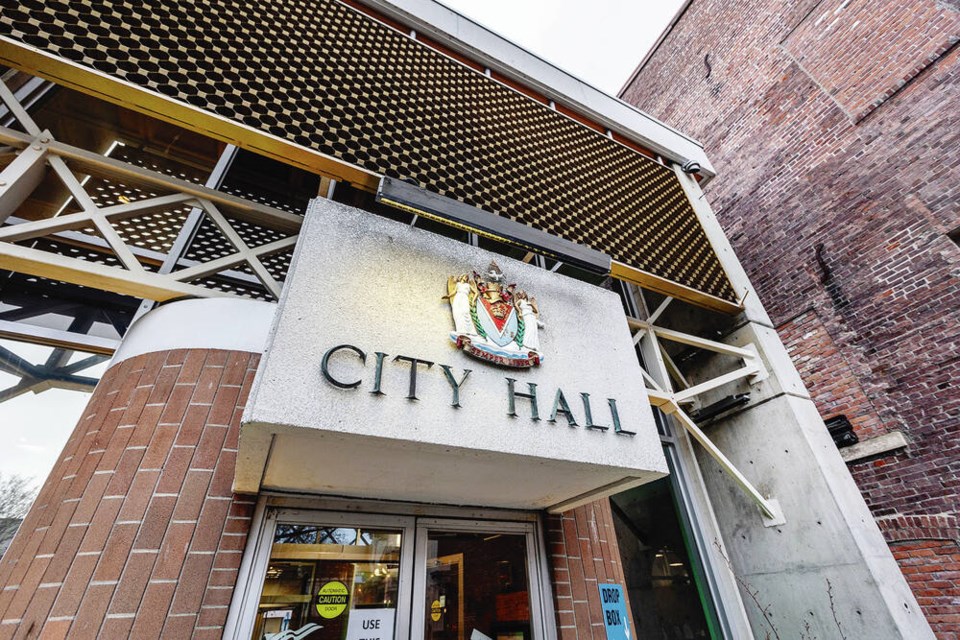A commentary by a Victoria resident.
The City of Victoria wants to hear your views on the future of housing in this city.
Well, not really. The city wants to hear some views — as long as they’re consistent with those of the majority of councillors.
As for the rest of us, well, suck it up, buttercup.
That is the clear message coming out of the online survey the city is using to solicit input into the Official Community Plan.
The OCP consultation process adopts a “one-city” approach to consultation, replacing the Local Area Plans that were designed to reflect the diverse requirements of Victoria’s various neighbourhoods.
Under new provincial legislation, there will be no public hearings on any housing development proposal that is in keeping with the OCP. This makes the OCP critical in formulating long-term housing policy — indeed, it is virtually the only vehicle through which Victoria residents can make their views known.
That’s why it’s so important for Victoria to conduct a non-biased survey on the forthcoming OCP that genuinely seeks the views of a broad range of Victoria residents, rather than pushing one particular approach to housing in the city.
This is where the survey is a colossal failure.
First of all, it is only available online, which excludes people who, for many reasons, don’t have access to the internet, or have trouble navigating it.
Second, it’s full of leading questions and vague and dubious claims: for example, it asserts that the promoted policies “will likely” lead to such benefits as more rentals and non-market housing without showing how the city has reached that conclusion.
The data collection is problematic and is clearly aimed at influencing an outcome by asking biased questions.
Question 1, for example, offers the choice between six-storey buildings in all residential areas or six-storey buildings in some areas, with four-storey building everywhere else. It claims this “will be a requirement.”
Really? What is the basis for the assertion? Provincial legislation on small-scale multi-unit housing (SSMUH) only requires four to six units per property and recommends they be built only to a maximum of three storeys.
Does the survey provide the option of choosing what is mandated by the province? Or to say “none of the above”? Not on your life.
In other words, do you want a red pony or a redder pony?
Other questions also offer strategically limited choices.
Question 5 seeks input on priority features for taller buildings but does not offer parking as a possible choice.
Question 6, on family housing, offers no option to flag the need for parking except for three-bedroom homes.
Neither Questions 9 (town centres) nor 16 (heritage and cultural identity), refer to preserving Victoria’s unique architectural heritage.
Question 12 asks about linear parkways but doesn’t define this urban design concept, while Question 14, on community and cultural spaces, assumes that all neighbourhoods have such spaces.
What is particularly disturbing is that Question 19, which addresses climate change, does not refer to the protection of the urban forest at a time when the Garry oak ecosystem is under threat.
Question 20, on climate-friendly buildings, ignores the option of conversion of existing large houses to multiplexes. Is this because developers, many of whom are close to some city councillors, either don’t benefit, or don’t care?
The Official Community Plan will set the parameters of the future development of Victoria. It will have a permanent impact on the face of the city — its economic health, attractiveness as a tourism destination, and environmental sustainability. All of this will profoundly affect the quality of life of its residents (of all species).
But the survey in its current form will marginalize respondents and deprive a great number of Victoria residents of their voice in developing the new OCP.
Many will stop at Question 1 because of its limited scope. This is very worrying, as under provincial legislation, the OCP process is one of the few avenues that allows residents to have an impact on the direction of Victoria’s housing policy.
If the survey isn’t changed, proponents will claim that the results confirm their vision for the city. Well, that’s because there are no other choices.
The OCP survey is too important to be treated simply as a tool to reinforce the perspective of some of its residents and municipal leaders. It should be withdrawn and replaced with an objective, non-biased survey with a later deadline.
This will help ensure that the OCP is based on the full range of views of the people of Victoria.
We deserve no less, and the principle of democracy demands it.
>>> To comment on this article, write a letter to the editor: [email protected]



